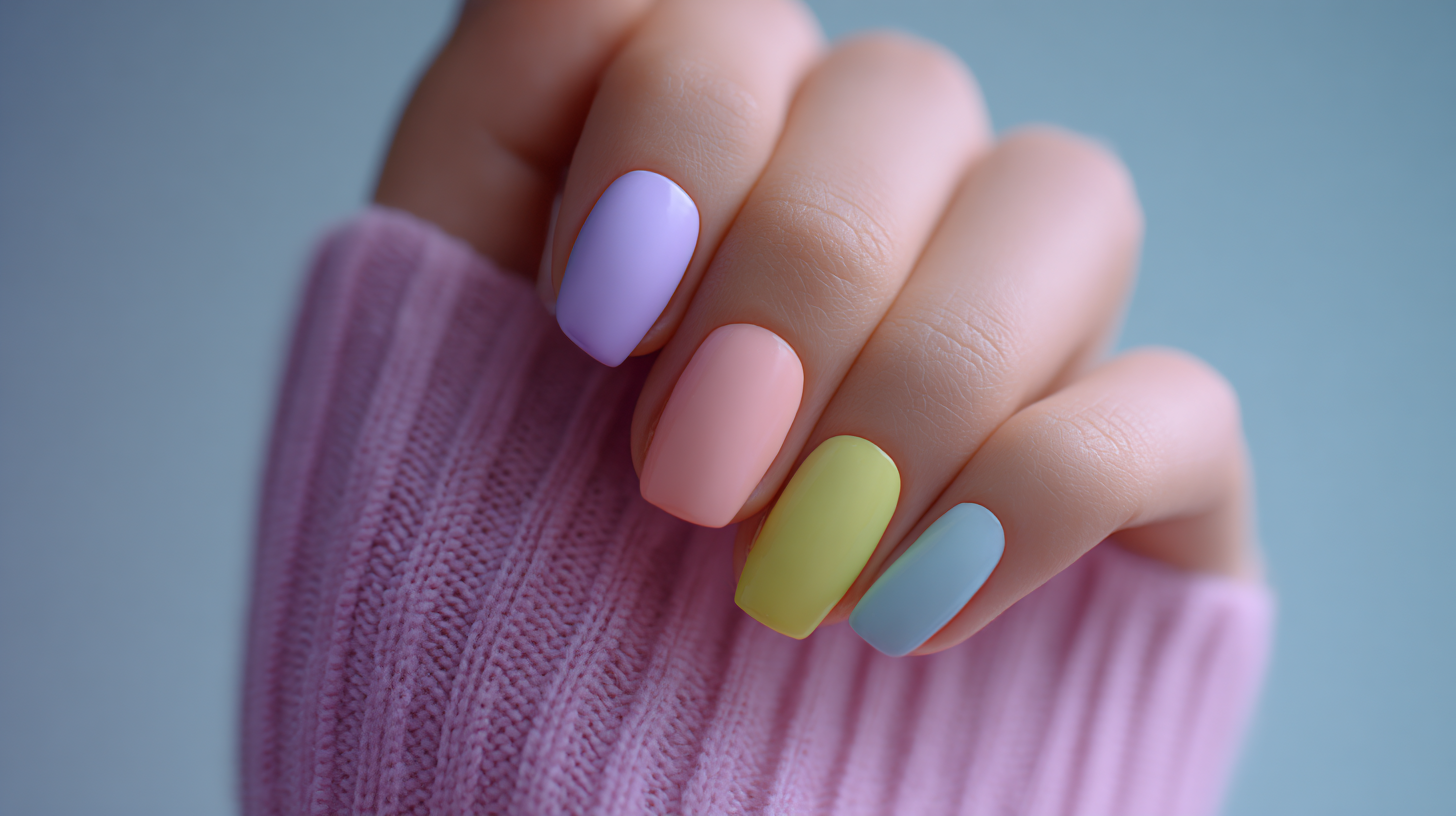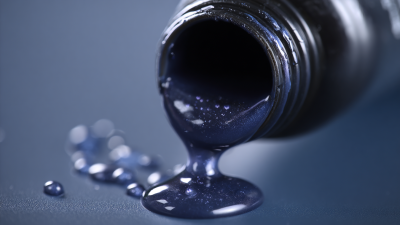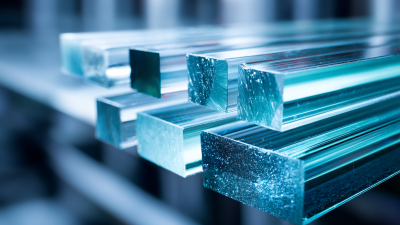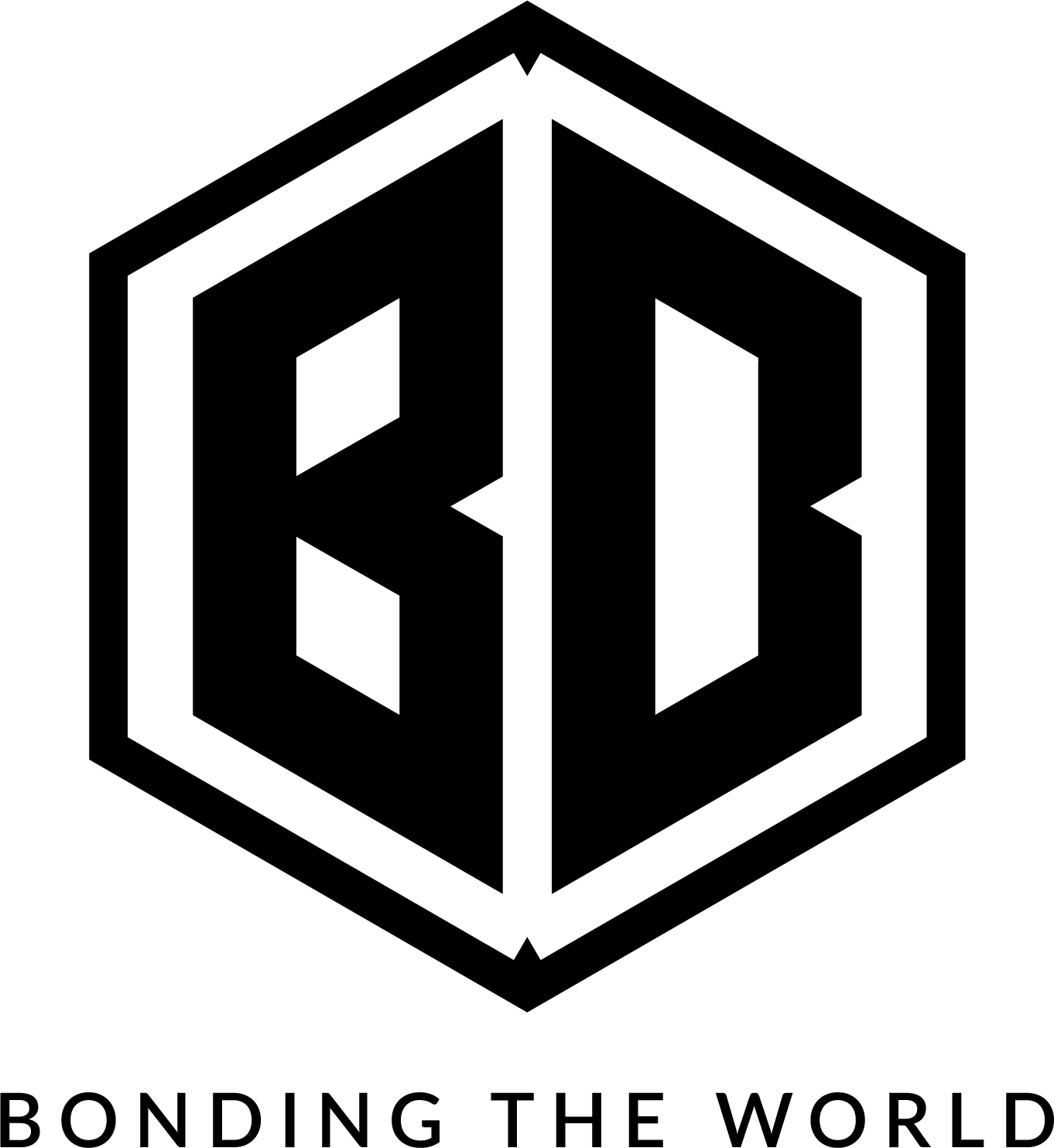Inquiry
Form loading...
In the ever-evolving landscape of adhesive technologies, the advent of Nail Free Glue innovations is poised to redefine bonding solutions in 2025. With the global adhesive market expected to exceed $70 billion by 2025, according to a report by Market Research Future, the demand for more efficient and versatile bonding agents is rapidly escalating. Nail Free Glues, which prioritize environmental sustainability and ease of application, are at the forefront of this transformation, catering to industries ranging from construction to automotive and furniture manufacturing.

The integration of advanced polymers and innovative formulation techniques in Nail Free Glue products has led to significant enhancements in durability and performance. A recent study by Technavio projected that the construction adhesives segment will witness substantial growth, driven primarily by the adoption of Nail Free technologies that promote quicker assembly times and reduce the need for mechanical fasteners. This shift not only streamlines manufacturing processes but also aligns with the increasing industry focus on eco-friendly practices, as many Nail Free Glue products are now formulated with low VOCs and other environmentally responsible materials.
As we delve into 2025 and beyond, understanding the industry insights and advancements surrounding Nail Free Glue will be essential for stakeholders looking to leverage these innovations for enhanced operational efficiency and sustainable practices. The following sections will explore the top Nail Free Glue innovations of the year and their implications for various sectors, positioning them as integral components of future bonding applications.
The evolution of bonding technologies has taken a significant leap forward with the latest innovations in
nail-free glue. These advancements are revolutionizing seamless bonding techniques
across various industries, from construction to arts and crafts. By eliminating the need for nails or traditional fasteners, these glues offer not only enhanced aesthetics
but also improved structural integrity. The modern formulations are designed to bond a wide range of materials, including wood, metal, plastics, and ceramics, providing users with
versatile options for their projects.
Industry insights reveal that the demand for nail-free bonding solutions is on the rise due to their efficiency and convenience. Users are increasingly looking for products that reduce
assembly time and labor costs, while also delivering strong, long-lasting connections. Innovations such as quick-drying formulas and
environmentally friendly components have further advanced this market, appealing to eco-conscious consumers. As manufacturers continue to refine their techniques and expand their product lines,
the future of seamless bonding looks promising, ensuring that nail-free glues remain at the forefront of adhesive technology.

As we move into 2025, the innovations in nail-free glues are setting new standards for seamless bonding applications across various industries. Essential features that every user should consider include superior adhesion properties, quick drying times, and resistance to environmental factors. These glues are designed to bond a variety of materials, ensuring versatility and reliability for both professional and DIY projects.
Tip: When selecting a nail-free glue, look for products that offer a flexibility feature. This allows the bonded materials to withstand stress without compromising the bond. Additionally, check for user-friendly application options such as easy nozzle designs or quick dispensing systems to enhance your overall experience.
Another crucial aspect is the environmental impact of the adhesive. In 2025, many nail-free glues are formulated to be eco-friendly, utilizing non-toxic ingredients and sustainable packaging. This trend not only promotes health and safety but also aligns with the growing demand for green products in the marketplace.
Tip: Always read the label for safety certifications and environmental claims to ensure you are making an informed choice. Prioritizing materials that are not only effective but also safe can significantly contribute to a more sustainable future.
| Feature | Description | Potential Applications | Market Trends |
|---|---|---|---|
| Low Odor | Formulations that minimize unpleasant smells during application. | Residential use, Arts and Crafts, Indoor applications. | Increasing demand for eco-friendly and user-friendly products. |
| Flexible Bond | Adhesives that maintain elasticity post-curing to accommodate material movement. | Construction, Automotive, Furniture. | Growth in sectors requiring high performance adhesives. |
| Fast Curing | Quick-drying formulas that allow for rapid assembly and finishing. | Industrial manufacturing, DIY projects. | Preference for efficiency in production processes. |
| Waterproof | Water-resistant adhesives suitable for wet environments. | Outdoor applications, Marine, Plumbing repairs. | Rising demand in construction and outdoor furniture markets. |
| Repositionable | Glues that allow for temporary positioning before full adhesion. | Craft projects, Interior design, Temporary fixtures. | Importance of flexibility in creative applications. |
When it comes to achieving seamless bonding without the mess of traditional nails, nail-free glue has become a game changer in various industries. To apply nail-free glue for optimal results, preparation is key. Begin by ensuring that the surfaces you wish to bond are clean and dry. A quick wipe with isopropyl alcohol can help remove any dust or oils that might interfere with adhesion.
Next, apply the glue evenly on one surface, using a small applicator or directly from the tube for precision. Be careful not to use too much, as excess glue can create unsightly squeeze-out. For the strongest bond, press the surfaces together firmly for the duration recommended by the manufacturer.
Tips for success include working in a well-ventilated area to avoid inhaling fumes and allowing adequate curing time before subjecting the bond to stress. Additionally, when bonding porous materials, consider using a primer for enhanced adhesion. This will ensure your project not only looks good but stands the test of time, making nail-free glue a reliable choice for any DIY enthusiast.

The nail-free adhesive market is undergoing significant transformation, driven by innovation and evolving consumer demands. As sustainability becomes a priority across industries, manufacturers are focusing on developing eco-friendly adhesive solutions that minimize environmental impact. This trend is not just limited to the use of biodegradable materials; it also encompasses the reduction of VOC emissions and the adoption of reusable packaging systems. Companies are investing in research to create adhesives that are not only strong and durable but also environmentally responsible.
In addition to sustainability, the demand for versatility in applications is shaping the future of nail-free adhesives. Industries ranging from construction to crafting are seeking adhesives that perform well in diverse conditions, such as extreme temperatures and varying humidity levels. This has led to innovations in formulations that provide superior bonding capabilities while remaining easy to apply. Furthermore, the rise of smart technologies is influencing product development, with companies exploring adhesive options that integrate with IoT devices for real-time monitoring and performance evaluation. The combination of these trends is redefining the capabilities and applications of nail-free adhesives, setting the stage for remarkable advancements in the coming years.
The comparative analysis of nail-free glue versus traditional bonding methods reveals significant shifts in both the construction and beauty industries. Traditional Japanese carpentry, renowned for its mastery of wood joinery, showcases an innovative approach that eliminates the need for nails or glue. This technique involves precise cuts and interlocking joints, allowing builders to create robust structures using only wood. As a result, it not only reflects a deep understanding of material properties but also highlights sustainability by avoiding synthetic adhesives.
In the beauty realm, nail-free bonding methods are gaining traction, as seen in UV eyelash extension techniques that utilize light to cure adhesive rather than relying on traditional methods. This modern adaptation mirrors the principles of ancient craftsmanship, emphasizing efficiency and aesthetic appeal without compromising safety. As industries push toward nail-free innovations, the shift from traditional to advanced bonding solutions signifies a profound change in how products are conceived, manufactured, and delivered, paving the way for a more sustainable future.






